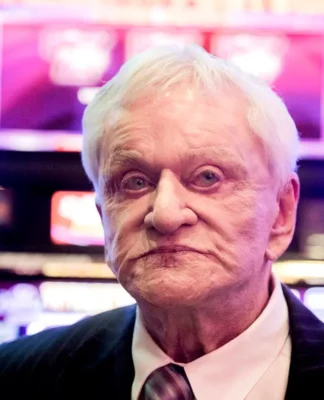The National Electrical Manufacturers Association (NEMA) defines an enclosure as a surrounding casing built to protect personnel from unintentional contact with the enclosed equipment and to protect the enclosed equipment to some extent from specific environmental conditions. NEMA specifies the performance standards for enclosures meant for particular conditions, despite the fact that it does not actually test products. NEMA standards deliberately exclude reference to the construction specifics while describing each type of enclosure in generic and functional terms. In other words, NEMA outlines what an enclosure must do, not how to make it. The NEMA performance requirements and test techniques are used as guidelines by Underwriters Laboratories (UL) and the Canadian Standards Association (CSA) for the examination and listing of electrical enclosures.
What Are Electric Enclosures?
An electrical enclosure is a cabinet for electrical or electronic equipment that is used to install switches, knobs, and displays, protect the contents from the environment, and avoid electrical shock to equipment users. Users can only view the enclosure when using the equipment. It might have been created to be aesthetically beautiful in addition to meeting its functional needs. Regulations may specify the functions and features of electrical equipment enclosures in hazardous locations like coal mines or petrochemical industries. In addition to functional, aesthetic, and financial requirements, electronic packaging may place several demands on an enclosure for heat dissipation, radio frequency interference, and electrostatic discharge protection.
Purpose of an Electric Enclosure
The term “electrical enclosure” refers to a cabinet or box that protects electrical or electronic equipment from shock and arc flashes. Typically, you’d notice that enclosures are built of stiff polymers or metals like aluminum, steel or even stainless steel. Protection against hazardous, non-hazardous, and other specified environmental conditions is designated by an enclosure’s rating. Enclosures are used to safeguard electrical equipment in a number of utility, industrial, and construction applications. They could protect electronics from radio frequency interference and electromagnetic interference. The following kinds of equipment are frequently protected by enclosures:
- Switches, control panels, circuit breakers and contactors
- Panelboards and distribution boards
- Equipment and systems for purging and pressurizing
- Telephone booths
Various Applications of Electric Enclosures
There are several situations in which delicate electronic equipment is required. It is typically necessary to make sure that the wires are shielded when such equipment is installed. For instance:
- Wiring for irrigation
In order to pump water from the source and sprinkle it on the grounds, irrigation uses electrical energy. You will need a dependable source of energy whether you want to water your farm, garden, or lawn. It will be important to have the right wiring set up in order to accomplish this. However, water will need to be kept out of the joints where the wires meet. The switches that will be used to turn the system on and off must also be weatherproof. Electrical enclosures will aid in safeguarding your investment and preventing electrocution for you.
- Watercraft Docks
Your water dock most certainly has dock wiring to let you accomplish a number of tasks, depending on the model you have. Electrical wires and switches are certain to be present together with such wiring. There is a real risk of water getting into equipment or coming into contact with cables on the pier due to the vast volume of water that surrounds these docks and the waves that raise them high above the surface. Electrical enclosures can be installed next to the dock to protect the dock wiring as well as to guarantee that no one using the dock or swimming in the nearby waters will get electrocuted.
- Lighting with Low Voltage
Accent lighting may enhance your home’s aesthetic appeal. The electrical equipment will undoubtedly be exposed to weather conditions when low-voltage lighting is put in an outside space. This means that the apparatus needs to be set up so that it is shielded from the sun, rain, and dust. Additionally, you need to take every precaution to prevent any visitors, children, and pets who might come into contact with dangerously exposed wires. Use of electrical enclosures is the best defense against accidents and property damage in your house.
- Additional Outdoor Power
You should make sure that electric enclosures are erected wherever there is outside electricity so that the circuit is well-protected. This covers telecommunications tools and internet connections. Electrical box enclosures should be used to protect outdoor equipment and products from the weather.
Get Your Hands on The Best Electric Enclosure
With the development of technology, we are beginning to use electrical equipment in a range of unconventional settings. Selecting the appropriate electrical enclosure for the application at hand is essential to ensuring sufficient protection of electrical components. Make sure you make the best choice possible based on your needs.















